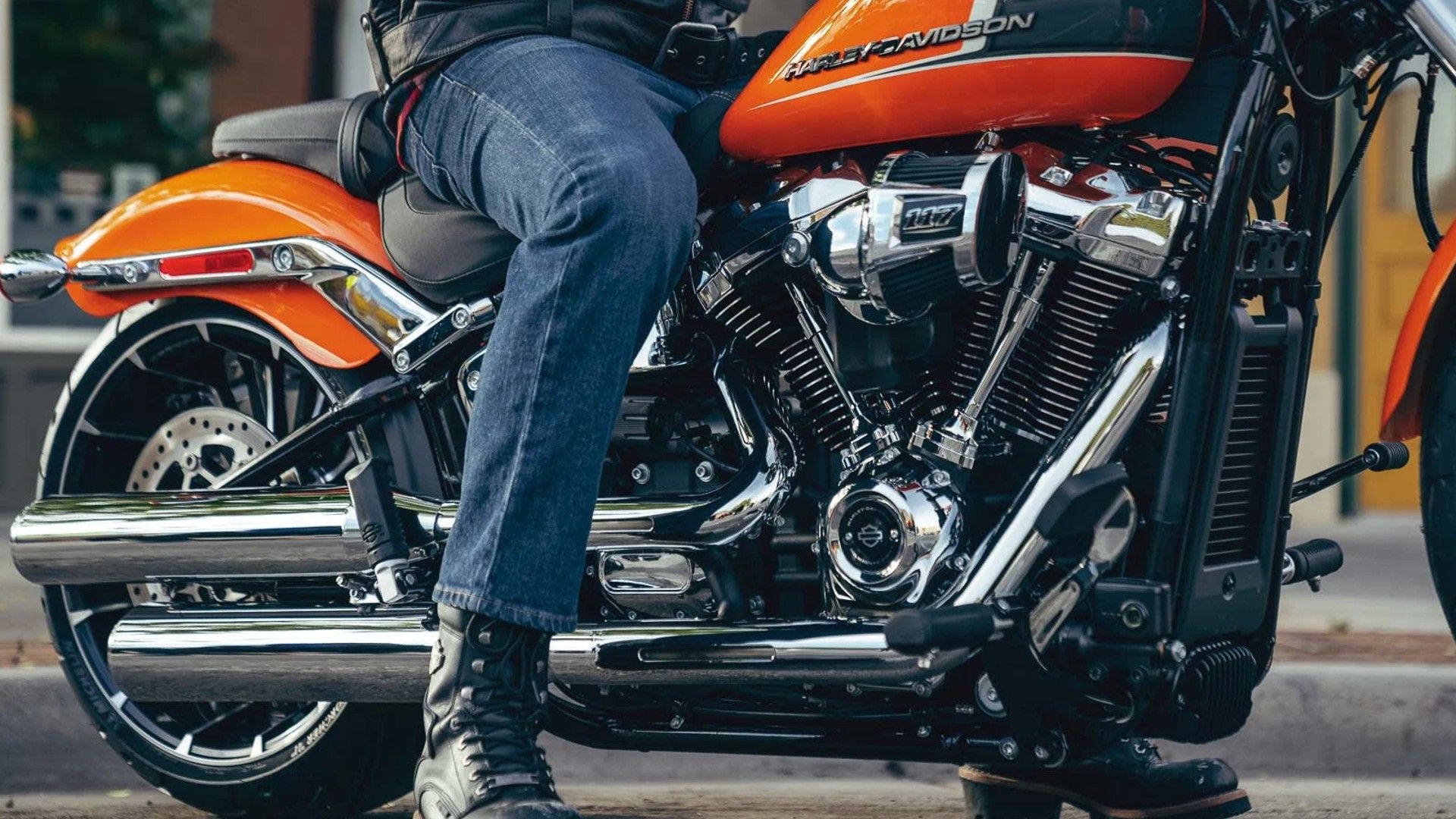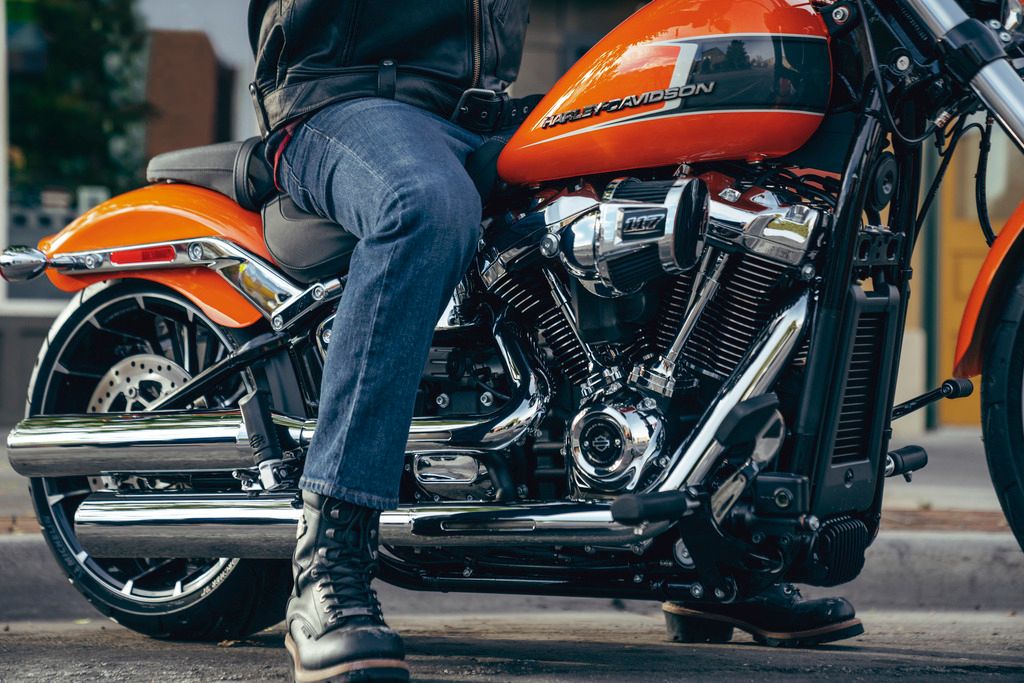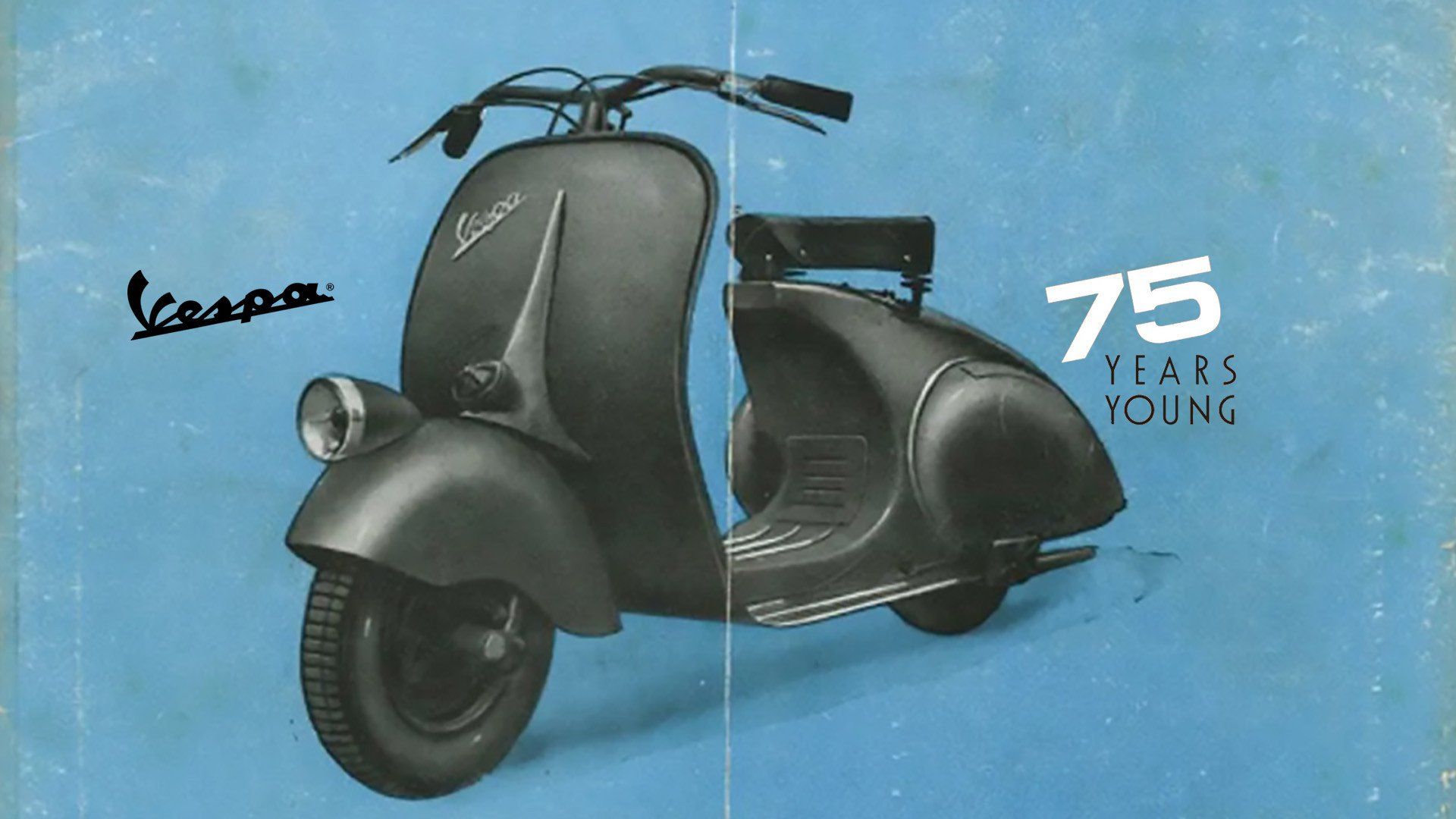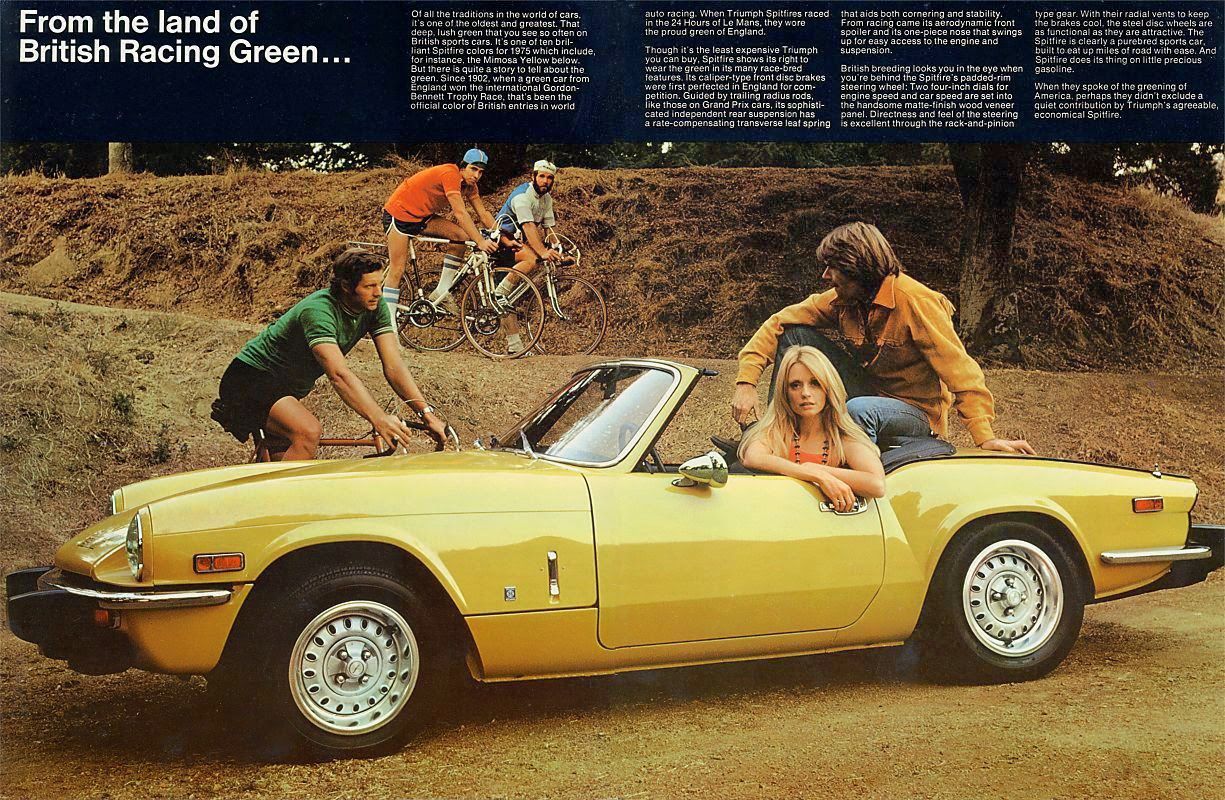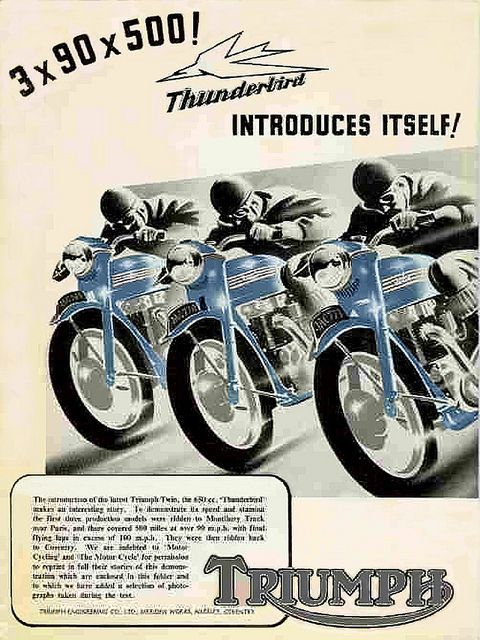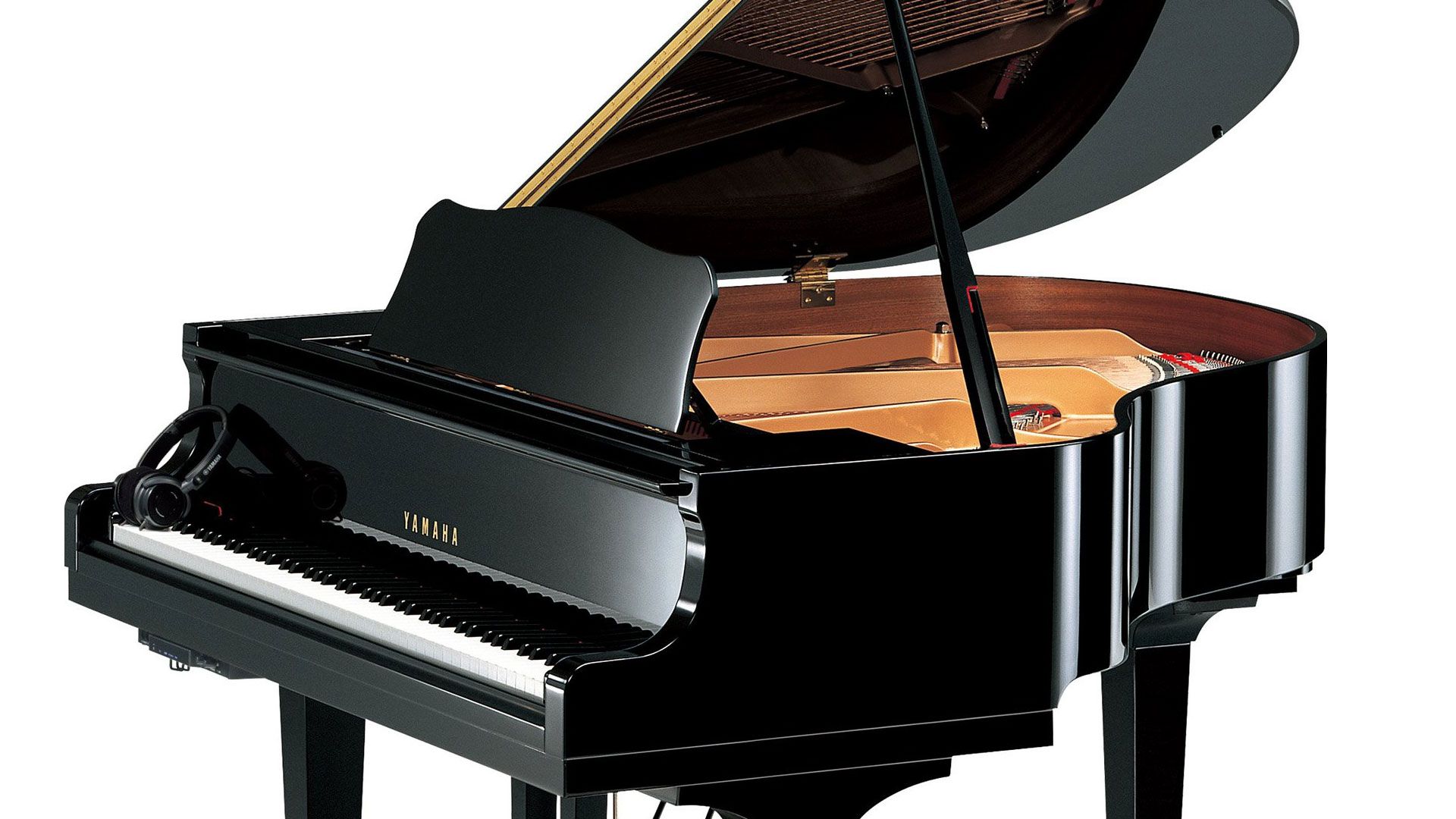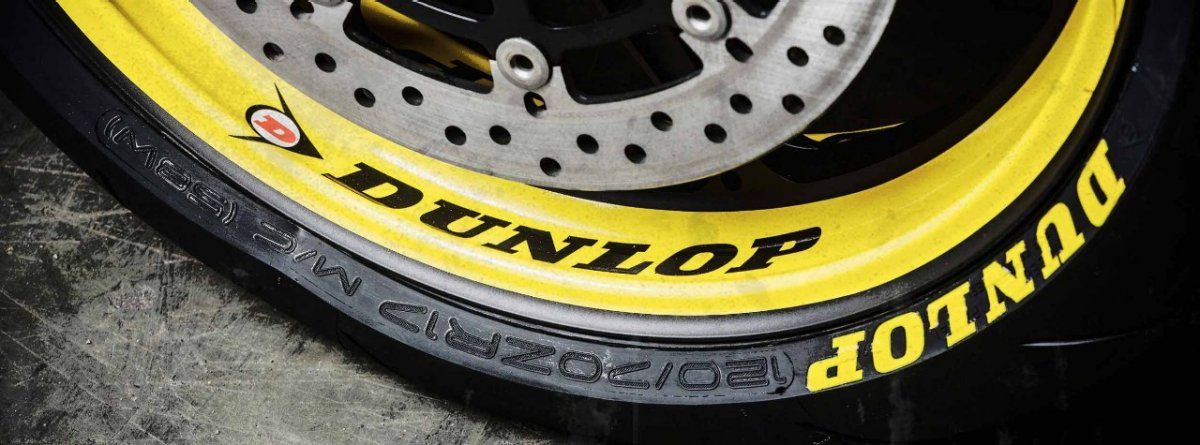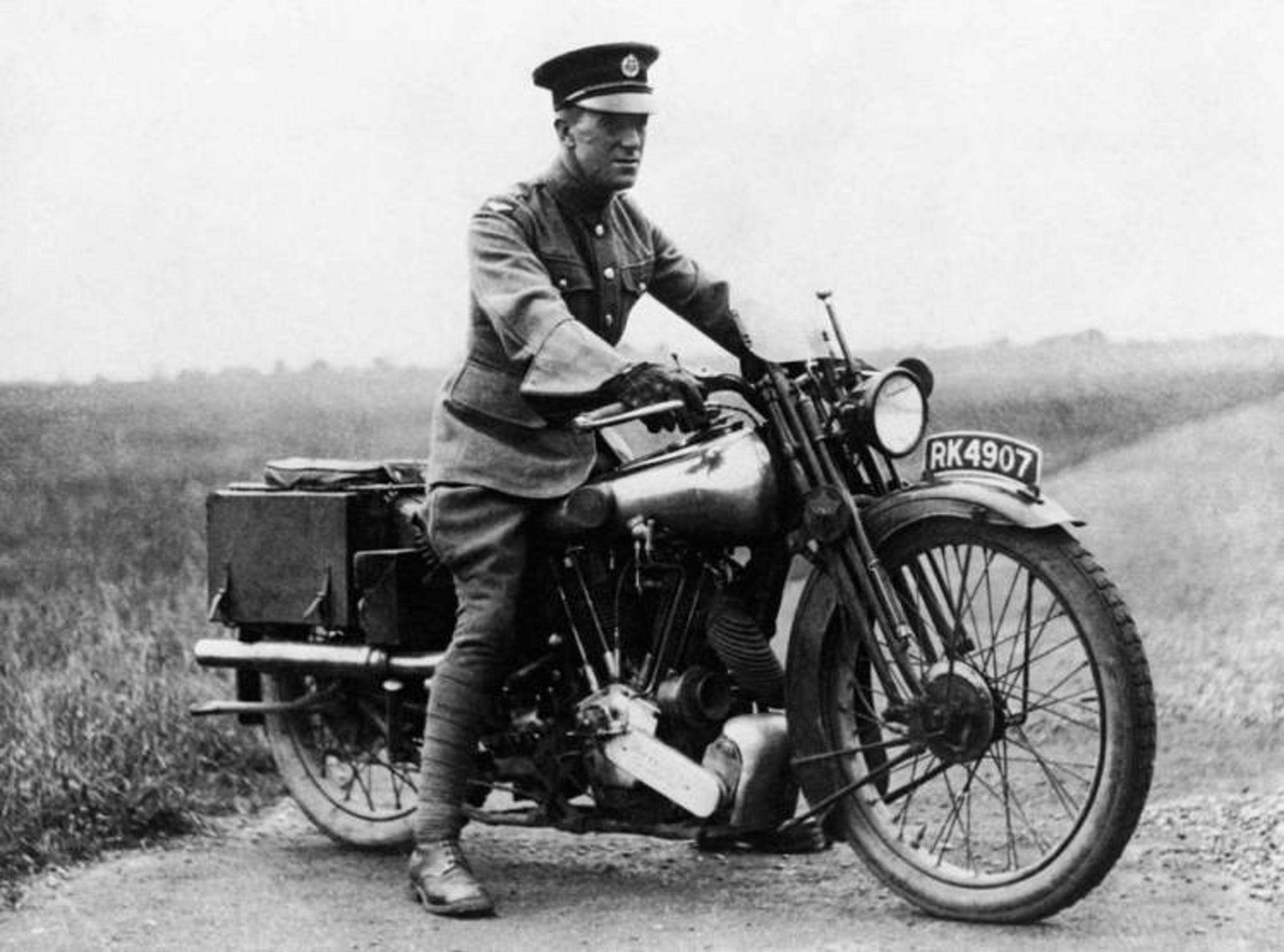Every walk of life is filled with interesting, funny, even bizarre trivia and motorcycling is no different. Since the dawn of two-wheeled travel, there have been countless interesting personalities, happenings and coincidences that make up the fascinating and rich history of this mode of transport.
Some are true, others patently made up, while still others debunk what is commonly believed to be true. There’s a good chance you might have heard of some of the following snippets, but we can guarantee that you will automatically become more interesting if you trot one or two of these out when you are with some fellow enthusiasts.
10 The BMW Roundel Has Nothing To Do With A Spinning Propeller
The blue and white round BMW logo on both cars and motorcycles is known around the world. The common myth is that it represents a stylized spinning airplane propeller which makes sense as BMW started out as a manufacturer of aero engines. But it’s not true. The blue and white quarters inside the circle are actually derived from the Bavarian flag, as that is where the company originated (and is still based). The round shape pre-dates BMW itself, when the company was known as BFW. The propeller myth originated later, when the logo was superimposed on an image of a spinning propeller for an advertisement.
9 The Back Protector For Racing Was Invented By Barry Sheene
Barry Sheene was one of the most famous motorcycle racers of all time, thanks to his ebullient personality, his two Grand Prix world championships in 1976 and ’77, not to mention the crashes he suffered and the attendant publicity surrounding his recovery. Perhaps because of this, he was outspoken about safety, famously refusing to race at the Isle of Man TT races, even when it was still a part of the World Championship, and he took his own personal safety very seriously.
In those days, racing leathers had none of the built-in protection that modern leathers have, and so he developed his own segmented back protector which would offer protection in the event of a crash, but still allow him to get into a crouch on his bike. When he retired, he donated the design to Dainese, who perfected it and made it available to everyone.
8 Harley-Davidson Tried To Trademark Their Engine Sound
The distinctive sound of a Harley-Davidson’s V-Twin engine derives from its firing timing of its two pistons, the connecting rods of which are mounted on the same crankpin of the crankshaft. It’s not an unusual configuration but nothing else sounds like a Harley-Davidson V-Twin, no matter how much other manufacturers have tried.
In a bid to protect what Harley saw as its unique characteristic, the company tried in 1994 to trademark the engine and exhaust sound to protect what it saw as one of its defining characteristics. Competitors opposed the trademark application, arguing that cruiser-type motorcycles from many manufacturers used a similar set-up inside the engine, which inevitably produces a similar sound. Harley-Davidson dropped the efforts in 2000, but despite this, no other cruiser sounds quite like a Harley.
7 The Engine In The BMW K-Series Was Inspired By A Peugeot Car Engine
Never ones to follow the herd, when BMW considered moving away from the venerable boxer twin engine in the late 70s in order to keep up with the massing hordes of Japanese manufacturers and their inline four-cylinder engines, the company typically didn’t follow the blueprints. BMW wanted to retain its signature shaft final drive and the only way to do this with a four-cylinder engine was to mount the engine with the crankshaft running longitudinally, which wasn’t unknown in motorcycle engineering but was a concept that hadn’t been seen for many decades.
A young BMW engineer took a long, hard look at the liquid-cooled all-alloy Peugeot 104 engine, which was mounted in that car transversely, inclined at 72 degrees, driving the front wheels. The young engineer took the design, laid it flat and placed it longitudinally in the frame. Thus was born the so-called ‘Brick,’ as the engine became known.
6 The Designer Of The Vespa Hated Motorcycles
In post-war Italy, as in many other countries, the post-war demand for cheap transport inspired two industrialists, Ferdinando Innocenti and Enrico Piaggio, to create a scooter that would satisfy the demand. Aeronautical engineer Corradino D’Ascanio was commissioned by Innocenti to design a new type of clean and convenient two-wheeler, which was right up D’Ascanio’s street as he hated ‘bulky, dirty motorcycles.’
Innocenti’s company specialized in steel tubing so wanted the spine chassis to be manufactured from that material. D’Ascanio refused to compromise, the two fell out and D’Ascanio took his design to Piaggio, who eagerly seized upon the design to create the first Vespa. The rest is history, including Innocenti’s own Lambretta concept, which eventually disappeared, leaving Vespa to lead the way in the market.
5 There Will Never Be Another Triumph Car Unless BMW Agree
Just like the fate suffered by the British motorcycle industry in the 60s and 70s, the British automobile industry died a long and lingering death throughout the 80s and 90s. Parts of the remains, by then called the Rover Group, were snapped up by BMW in 1994. Now, in the 1930s, the Triumph company which was, by that time, manufacturing both cars and motorcycles, was in trouble and sold off the motorcycle side of the business to Jack Sangster, who already owned Ariel.
The car side soldiered on, eventually becoming part of the huge and unwieldy British Leyland organization, which in turn, became Austin Rover, and then, the Rover Group. When BMW bought Rover, they also bought the rights to names such as Mini and Triumph. It still holds the rights to Triumph and that is why there will never be a new Triumph automobile unless BMW decides there is a market for yet another long-defunct name from the history of motoring.
4 The USA Was Responsible For Naming More Than One Triumph
Through the glory days of the 50s and 60s, Triumph’s, and indeed, every other British motorcycle manufacturer’s - main market was the USA. Such a huge proportion of production output was destined for the U.S. that the home market had to wait its turn, sometimes for many months. The Speed Twin had appeared in 1938 and was a revolution thanks to its lightweight parallel twin engine that was little larger and heavier than a contemporary single-cylinder engine.
When, in the 50s, chief designer Edward Turner was looking to enlarge the engine from the original 500cc to 650cc to satisfy the American demand for more power and speed, he needed a name for the new model that would resonate with the most important market. Driving back from Daytona one year, he passed the Thunderbird Inn motel in South Carolina. The new model had a name and the USA or, at least, a U.S. location, would have the same influence ten years later when the Bonneville was announced.
3 None Of The Big Four Japanese Manufacturers Started Out Making Motorcycles
While Soichiro Honda’s business started immediately prior to the Second World War, manufacturing piston rings for Toyota, two of the other three Japanese motorcycle manufacturers have been around for much longer. Suzuki started out by manufacturing weaving looms from 1909, branching out into automobiles in 1937 and then cheap engines that could be clipped onto bicycles post-war.
Yamaha is even older, being formed in 1897, as a manufacturer of reed organs and Yamaha is still today the largest manufacturer of musical instruments. Kawasaki Heavy Industries, a large engineering concern, started out building ships in the 19th century and only started manufacturing motorcycles in the mid-60s. With that in mind, it’s incredible that, within eight years, the company had launched the Z1 to rival Honda’s CB750.
2 Tire Sizing Numbers Measure The Tire In Metric And Imperial
Ever wondered why tire sizes are labeled like this: 120/70 x 17? The first two figures are the rim with and profile dimension as a percentage of the rim width in millimeters. The third figure is the wheel diameter in inches. But why? Well, imperial measurements used to be common worldwide, but in the 70s, the European manufacturers, who had developed the radial tire, started using metric measurements. However, the biggest market for tires, the U.S., still used imperial measurements, especially for wheel diameter measurement: in fact, it was enforced by legislation, and so tires became marked in both metric and imperial measurements.
1 Lawrence Of Arabia Had To Die For The Motorcycle Helmet To Be Invented
When you watch the movie Lawrence of Arabia or read the book The Seven Pillars Of Wisdom, did you know that you were watching or reading about the life of the man who inadvertently caused the invention of the motorcycle crash helmet? Famously, T.E. Lawrence was an avid motorcyclist and his preferred mount was a Brough Superior, the fastest motorcycle of its day (the 20s and 30s).
He owned seven of them in succession, and the eighth was on order when he crashed riding number seven and suffered fatal head injuries. One of the doctors who attended to him was called Hugh Cairns, and he was inspired to begin a long study into motorcycle fatalities, finding that most deaths were caused by head trauma. His research led directly to the development of motorcycling helmets, the use of which would eventually become law.

